Colorado is home to a variety of beautiful birds. The beauty of Colorado is enhanced due to the several species of birds found here. You might have encountered some of the common birds of Colorado while sight-seeing and trekking.
We have given a list of birds that are found in Colorado, and we have also answered some of the questions like how to identify them? How do they sound? What food do they eat? What habitat do they prefer? Etc.
List of backyard birds of Colorado with photos
Below is a list of birds of Colorado, which you can see more often. Brief information about their habitat, behaviour, diet, and photos for easy identification is also given.
-
Lark Bunting
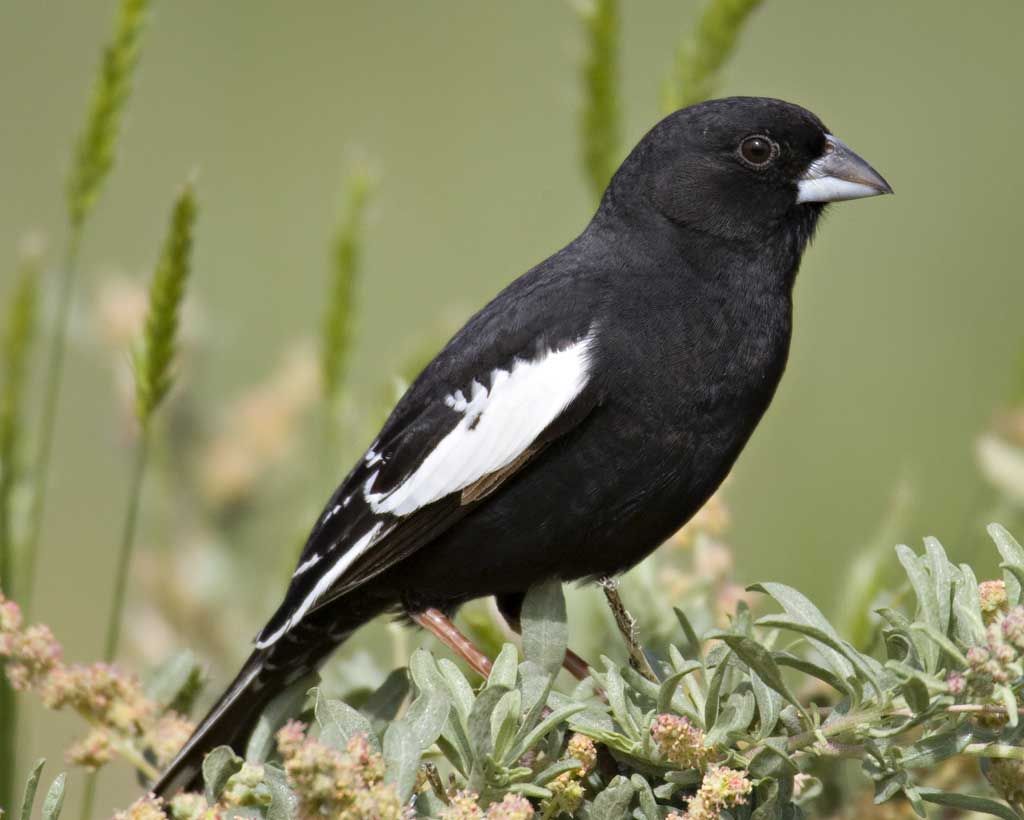
Recognition: Size & Shape: The species varies from 5.5 to 7 inches in length from its bill to the tip of its tail. They have a thick and short beak with a relatively small tail. There is a thick white stripe at the end of its feathers. Males are black in colour, and females are pale brown with white and grey stripes.
Habitat: They migrate in flocks, and their breeding habitat consists of temperate grasslands, shrublands, savannas. It is the state bird of Colorado.
Diet: They mainly eat insects in summer and seeds like black oil sunflower seeds in winter.
-
American Robin

Recognition: Size & Shape: It is about 9-11 inch-long from its tail-tip to its beak. The is duller than the male. The head is black, and its body is brown in colour. It has greyish wings and a yellow beak.
Habitat: They inhabit in parks, urban parks, lawns, and open farmlands. Breeding habitat consists of woodland, open and urban areas with large shade.
Diet: Their diet mainly consists of worms and other invertebrates. Also, eat berries and cultivated fruits. They also eat from feeders.
-
Northern Flicker

Recognition: Size & Shape: Northern Flicker species have short legs and tail with a large head. They have a thin and long beak that is slightly curved. Their length varies from 11 to 14 inches. The body is brown in colour with small black bars and spots. Wings are red in colour from the inside, and they have a white rump.
Habitat: Mostly found in forests and open habitats near woodland edges, parks, yards. Generally, nest in cavities of trees and branches.
Diet: Northern Flickers eat berries, seeds, ants. They also eat grapes, larvae, and thistle seeds.
-
House Finch

Recognition: Size & Shape: House Finch is 5 to 6 inches in length from its bill to the tip of its tail. Roundhead with a medium-sized tail. They have a short conical bill. Males have reddish-orange (rarely yellow) chest, crown, and a brown body.
Habitat: They can be commonly seen in towns and rural areas. The preferred breeding habitat is urban areas near parks and gardens.
Diet: Primarily, they eat grains, sunflower seeds, berries, and may incidentally eat insects like aphids. They love bird feeders and are frequent visitors, and also like to eat from tube feeders.
-
Black-billed Magpie
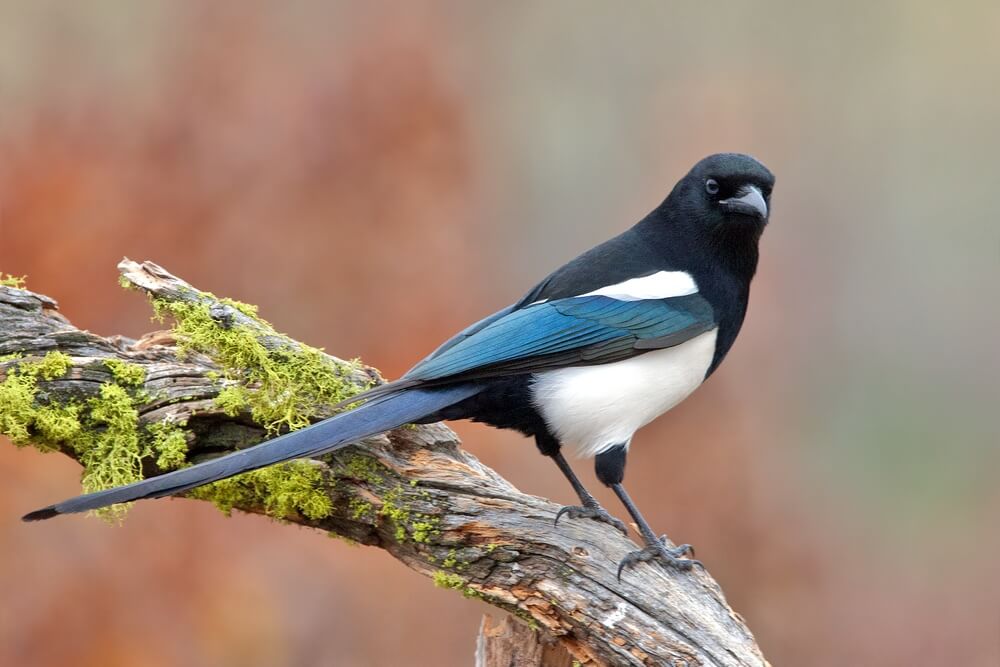
Recognition: Size & Shape: The species has a similar size to an American crow. Their length is between 18 to 24 inches from the tip of its tail to its beak. They have a very long tail, nearly the size of their body. Bill is long and pointed but a little curved at the tip. Head and breast are black in colour with a white belly and shoulder stripes. Their wings have a greenish-blue sheen.
Habitat: Mostly found in dry open parts of the country like farms, Rocky Mountains, ranches, and old pinelands.
Diet: The species is omnivore in nature. They eat insects, seeds, berries, nuts, and also eat from garbage and pet food.
-
American Crow
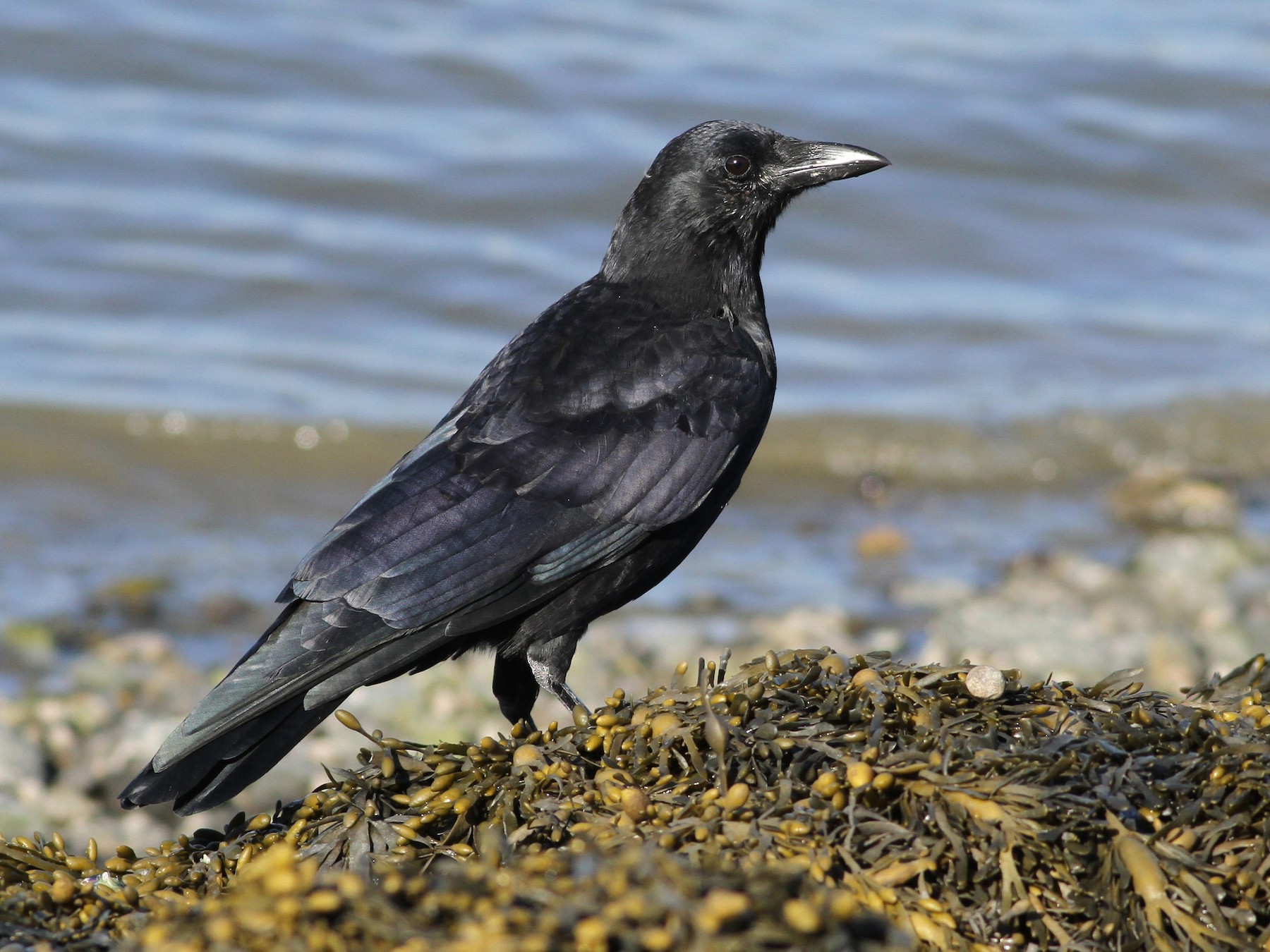
Recognition: Size & shape: The bird is nearby 17 inches long from its tip to tail. Larger than grackles and smaller than ravens. They have a large thick neck with long legs. It has rounded wingtips having each primary feather separated from others.
Habitat: American crows are common birds, and they can be thriving around people. They are often seen in athletic fields, towns, garbage dumps.
Diet: They are omnivorous; they feed on invertebrates, seeds, eggs, human scraps, etc.
-
Black-capped Chickadee
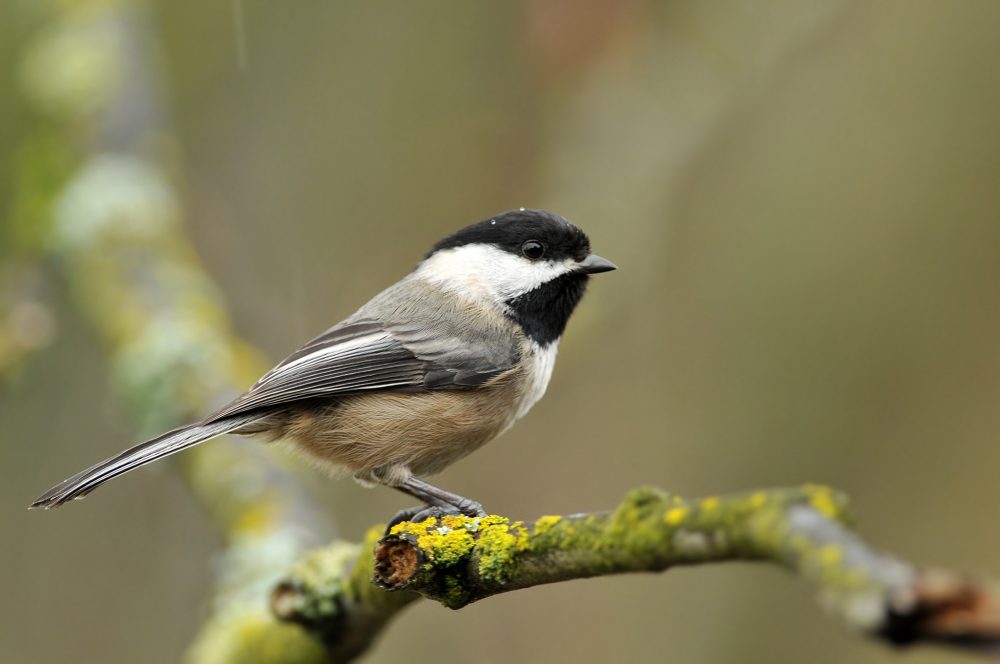
Recognition: Size & shape: Their size is similar to the American Goldfinch with length nearby 4.7 to 6 inches. They have a round body and a medium-sized head. The beak is straight and short, and they have a long rounded tail. The species has a black cap on its head with a grey body above and white below. It has a black throat with white edges on its wings.
Habitat: They can be seen in small flocks on trees in mixed and deciduous forests.
Diet: They eat seeds like black oil sunflower seeds. Also eat berries, insects, suet.
Also read – birds of Arizona
-
European Starling
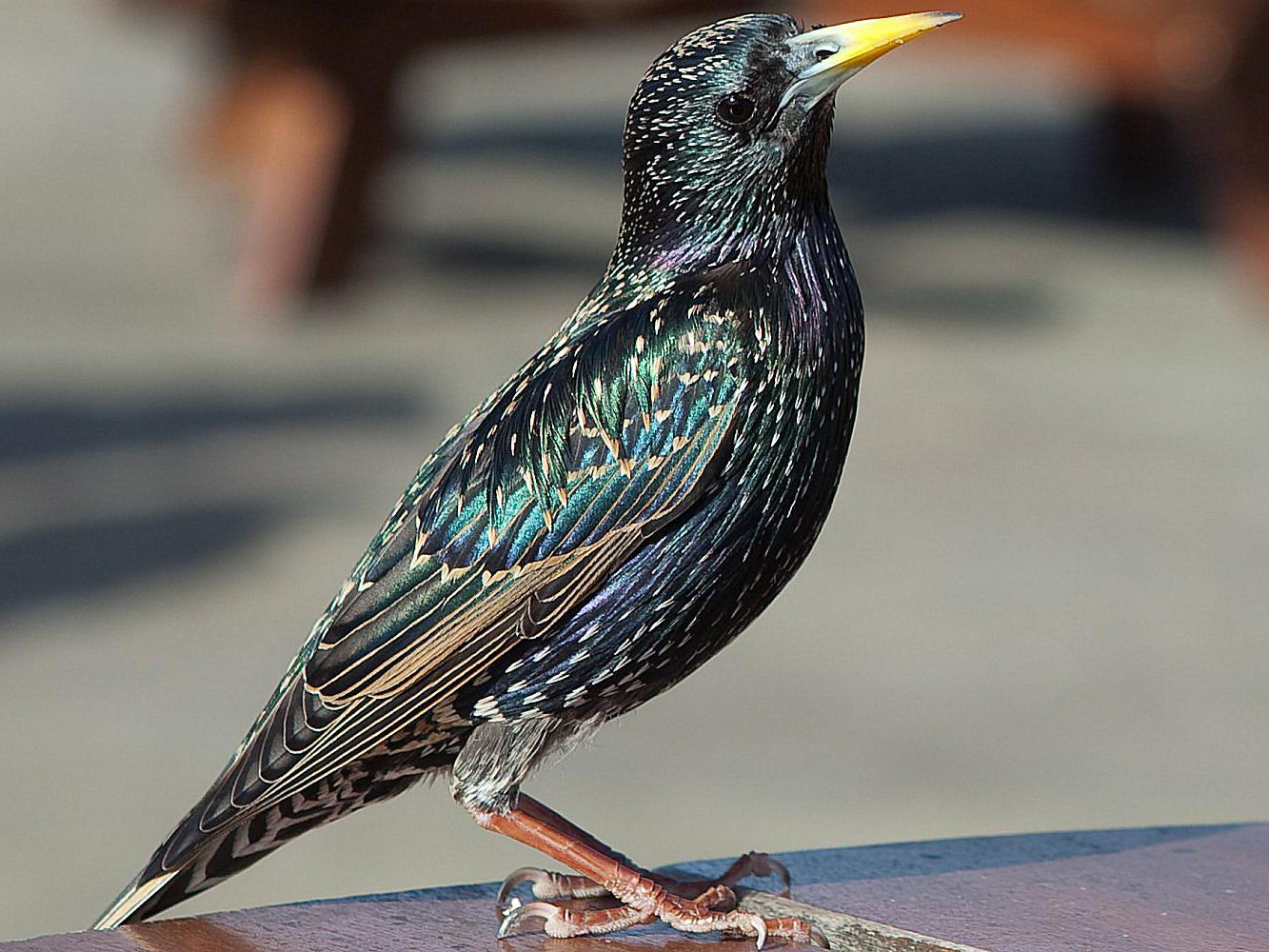
Recognition: Size & Shape: Varies from 7.5 to 9 inches. The species has a large head with a short square-shaped tail. The beak is long, straight and pointed and yellow in color. The body is glossy iridescent black color, and spotty white in the winter season.
Habitat: The Preferred habitat is Urban and suburban areas with artificial nest cavities. They also steal other bird’s nests by bullying smaller birds. Nests could be inside buildings, hollow trees, and human-made nests.
Diet: Mainly, their diet consists of insects like ants, spiders, grasshoppers, bees, and beetles. Also, feed on earthworms, grains, fruits, and seeds.
-
Mourning Dove

Recognition: Size & shape: The species looks similar to city pigeons; however, they are slightly smaller in size. The tail is long, and the legs are short with a round head. Pale brown in colour with dark wings and tail.
Habitat: They reside in semi-open habitats like farms, urban areas, grassland, woods.
Diet: They almost exclusively eat seeds like sunflower seeds. They will very rarely eat insects. Attracted towards large tray feeders and also on the ground.
-
Eurasian Collared-Dove
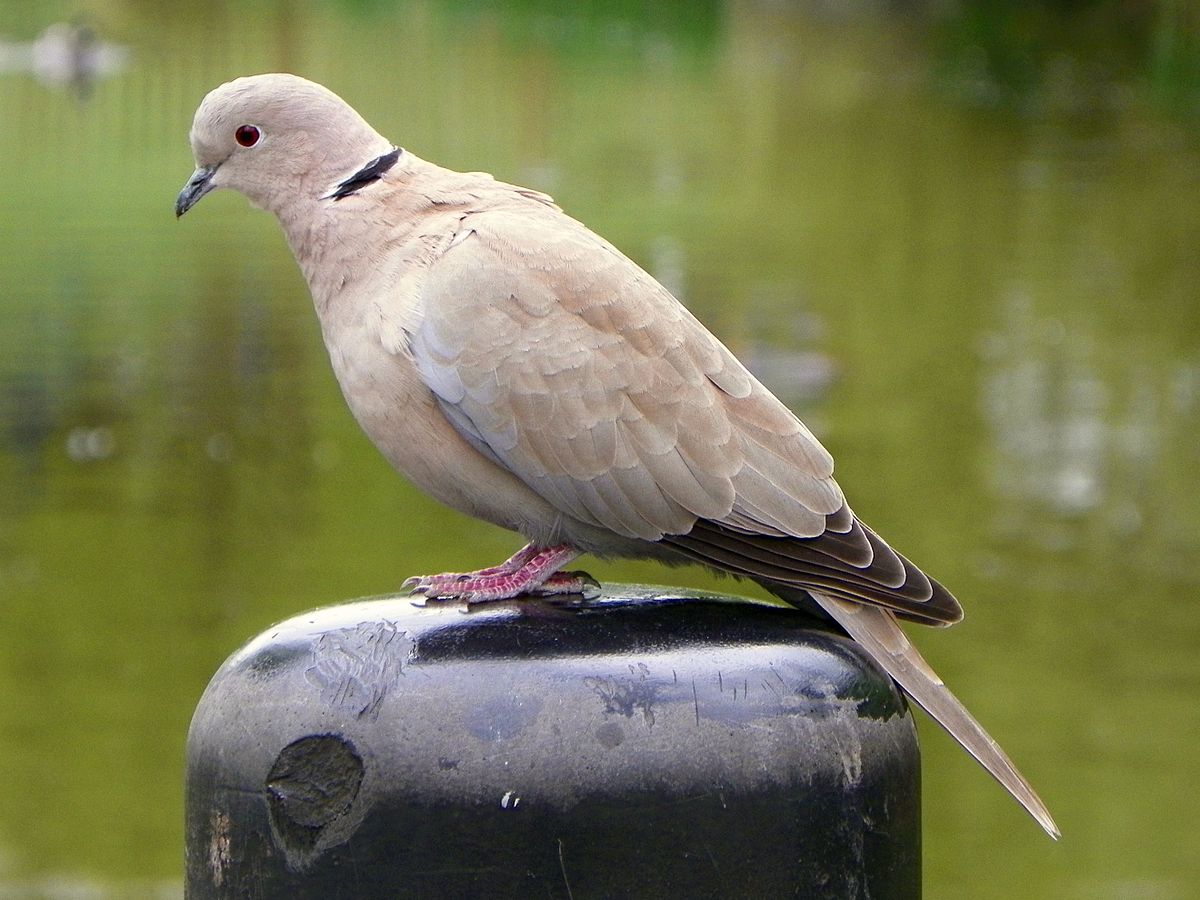
Recognition: Size & shape: Eurasian Collared-Dove are slightly larger than the Mourning Doves. Their average length is nearly 13 inches from its bill to its tail tip. They have a plump head with a square-shaped tail. The beak is thin and medium-sized. Their whole body is cream coloured with a black collar around the back of its neck.
Habitat: They can be seen commonly in city areas on poles, power lines. Also found in farmlands and other residential areas. Often, they feed while being close to human beings.
Diet: The majority of their diet consists of grains and seeds. They are mostly seen in flocks while foraging for food supplies.
-
Dark-eyed Junco
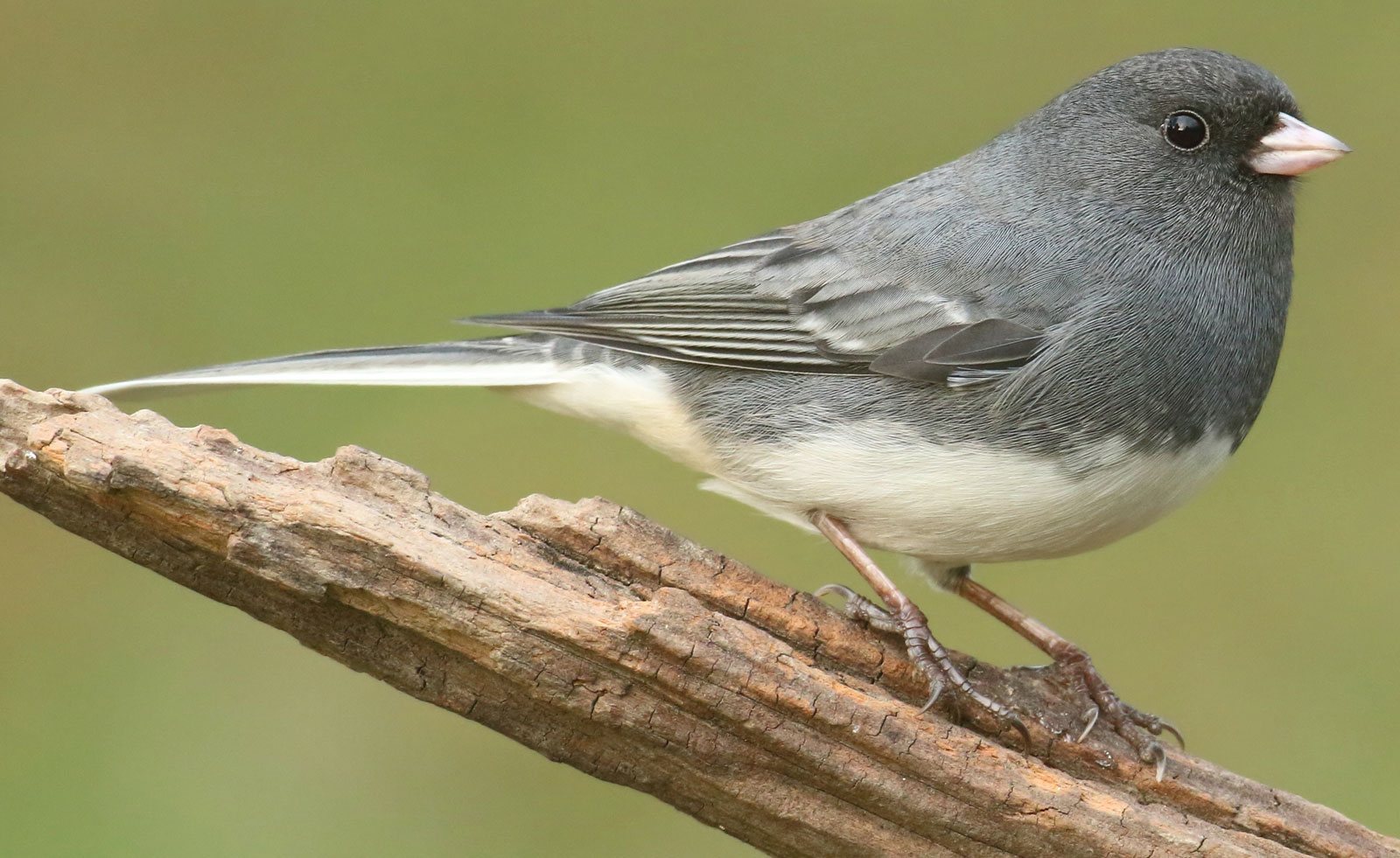
Recognition: Size & Shape: Dark-eyed Junco is generally small in size. Their height falls between 5 to 7 inches from its bill to the tip of its tail. They have a round and fluffy body. Almost neckless and have a square-shaped long tail. Bill is short and conical. Generally, they have grey heads, breasts with a white belly portion.
Habitat: Dark-eyed Junco is found in widely spread bushes and in coniferous forests. They can be seen feeding and hopping on the ground.
Diet: Frequent visitors of tray feeders, they also feed on the ground and eat various seeds, insects.
List of common birds of Colorado with videos
It is a list of all the birds in Colorado that you can expect to see in your backyard. The videos also contain calls and songs, their behaviour, nests, etc. of Colorado birds.
Lark Bunting
Northern Flicker
American Robin
House Finch
Black-capped Chickadee
Black-billed Magpie
American Crow
https://www.youtube.com/watch?v=cjyajqSbJck
European Starling
Eurasian Collared-Dove
Mourning Dove
Dark-eyed Junco
List of most found birds in Colorado by season and frequency
The below data contains the list of birds and how frequently they are seen in different seasons.
Season: Summer (from June to July)
- Red-winged Blackbird-30%
- Violet-green Swallow-22%
- Yellow Warbler-20%
- Mallard-20%
Season: Winter (from December to February)
- Canada Goose-34%
- Mallard-28%
- Red-tailed Hawk-25%
Season: Spring (from April to May)
- Red-winged Blackbird-44%
- Mallard-38%
- Canada Goose-33%
- Red-tailed Hawk and Killdeer-22%
- Yellow-rumped Warbler-20%
Conclusion: In this article, we enlisted a few birds in Colorado that can be commonly seen in your backyards. We have given some information about their looks, preferred food, and habitat. We also mentioned the birds that are seen in different seasons according to their frequency.
Also read: List of birds found in Virginia
Table of Contents





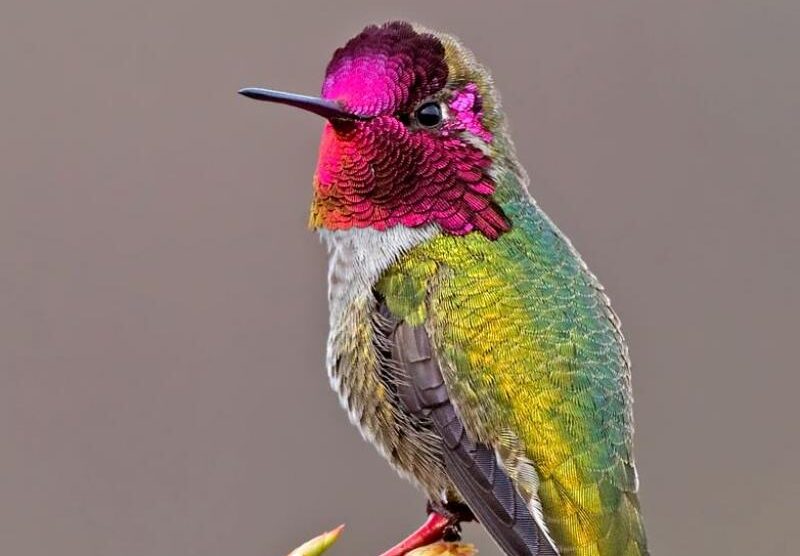




Add Comment